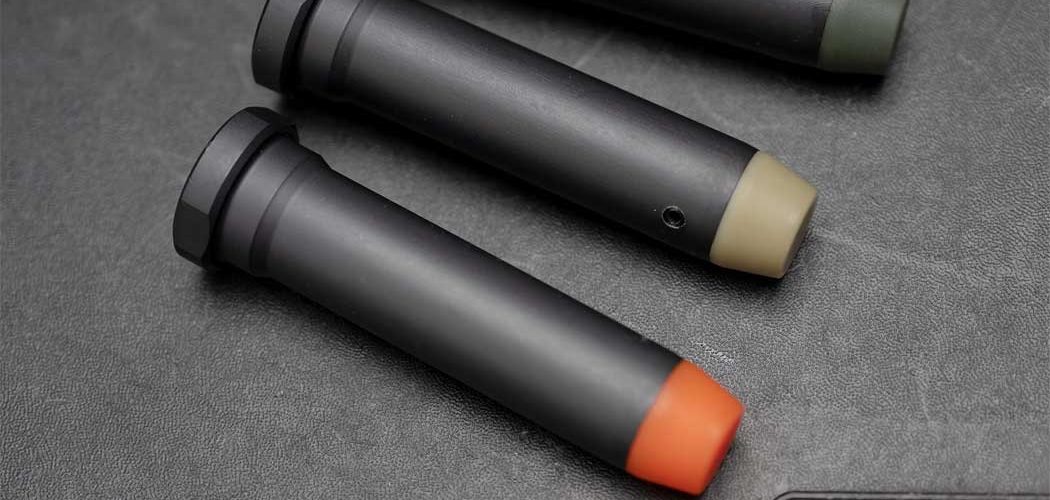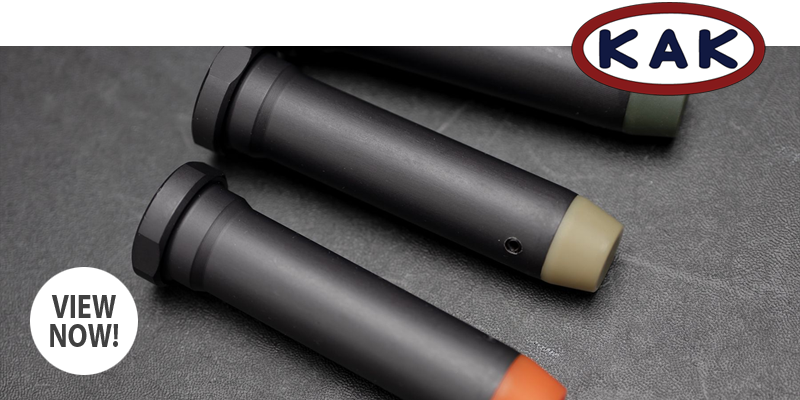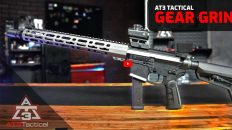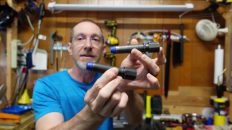The AR-15 is a highly customizable and versatile firearm, allowing enthusiasts to fine-tune various components to optimize performance according to their specific needs. One crucial component that significantly influences how the AR-15 functions is the buffer system, particularly the buffer weight. In this article, we will delve into the intricacies of AR-15 buffer weights, aiming to provide you with a comprehensive understanding of their role, types, and how to choose the right one for your AR-15 rifle.
People often ask:
Related: Build Your Kit With Our K-SPEC Buffer Weights
Article: Enhance Firearm Performance with High-Quality K-SPEC BCG
Buffer Weight: The Key to AR-15 Performance
The buffer weight is a critical part of the recoil system in an AR-15. It’s designed to work in conjunction with the buffer spring and the buffer tube to manage recoil, cycling, and the overall performance of the firearm.
Primary Functions of the Buffer Weight:
- Recoil Management: Buffer weights help mitigate the felt recoil, enhancing shooting comfort and accuracy.
- Bolt Carrier Group Control: Buffer weights ensure the proper cycling and control of the bolt carrier group, facilitating reliable firearm operation.
Types of AR-15 Buffer Weights
Buffer weights are primarily differentiated by their weight, which is measured in ounces. The weight of the buffer affects how the firearm cycles and deals with recoil. Here are the common types:
- Carbine Buffer (3 oz): Typically used in carbine-length buffer tubes, suitable for short-barreled AR-15s and pistols.
- H1 Buffer (3.8 oz): A slightly heavier buffer than the carbine buffer, offering a middle ground in terms of recoil management.
- H2 Buffer (4.6 oz): Heavier than the H1 buffer, providing increased recoil reduction, making it suitable for mid-length gas systems.
- H3 Buffer (5.4 oz): The heaviest standard buffer, offering maximum recoil reduction, ideal for rifle-length gas systems.
- A5 Buffer (Various Weights): A part of the A5 buffer system, offering customizable weights to achieve a more refined recoil management.
Related: Build Your Kit With Our K-SPEC Buffer Weights
Article: Enhance Firearm Performance with High-Quality K-SPEC BCG
Choosing the Right Buffer Weight
The ideal buffer weight largely depends on your AR-15’s configuration, gas system length, barrel length, ammunition, and personal preferences. Here are some guidelines to help you choose the right buffer weight:
- Gas System Length: Match the buffer weight with your AR-15’s gas system length (carbine, mid-length, rifle) for optimal cycling and reliability.
- Ammunition Type: Heavier buffer weights work well with hotter or higher-powered ammunition, providing better recoil control.
- Barrel Length: Longer barrels may benefit from slightly heavier buffer weights to ensure smooth cycling and recoil management.
- Experimentation: If unsure, experiment with different buffer weights to find the one that best suits your specific setup and shooting style. Our configurable buffer kit gives you all the pieces to experiment and find what you need in one kit.
Conclusion
Understanding and selecting the appropriate buffer weight for your AR-15 is essential for achieving the desired level of performance, recoil control, and reliability. By considering factors such as gas system length, ammunition type, and barrel length, you can fine-tune your AR-15 to perform optimally for your shooting needs. Experimentation and understanding the nuances of each buffer weight will empower you to unlock the full potential of your AR-15 rifle.
🔍 Just finished decoding AR-15 buffer weights in our latest article! 💡 Have questions, thoughts, or insights to share? Leave a comment below and let’s keep the conversation going! 🗣️👇






Great article. I really appreciate the knowledge. Thank you
Of course. You’re welcome.
I have a 300 BO upper with a 16” barrel with a pistol gas system on a standard carbine lower. The bolt is not locking back after the last round fired. I assume I must change the weight of the carbine’s gas system, what weight should I try?
Hey there, do you know what weight buffer you’re running currently? I would try a standard carbine 3 oz buffer if you have something heavier in there currently.
I have a 6mm arc upper, 20″ barrel and what I’m assuming is a rifle length gas system. I had cycling issues with failure to eject, feed and go to battery. I thought it was over gassed,because that’s what everyone said. I collect brass in a bag since they are so expensive, so I never looked at ejection. I put a tungsten weight in the buffer and it wouldn’t feed at all,so I replaced it with a plastic slug I made. It cycled a whole mag and was ejecting at 5:00. I ordered some aluminum weights from your company to make it more permanent. Have you ever heard anything like this?
It’s not unheard of for adjustments like this to resolve over-gassing or cycling issues. The aluminum weights you ordered should offer a more durable and consistent solution. Let us know how it works out for you, and feel free to reach out if you have further questions!